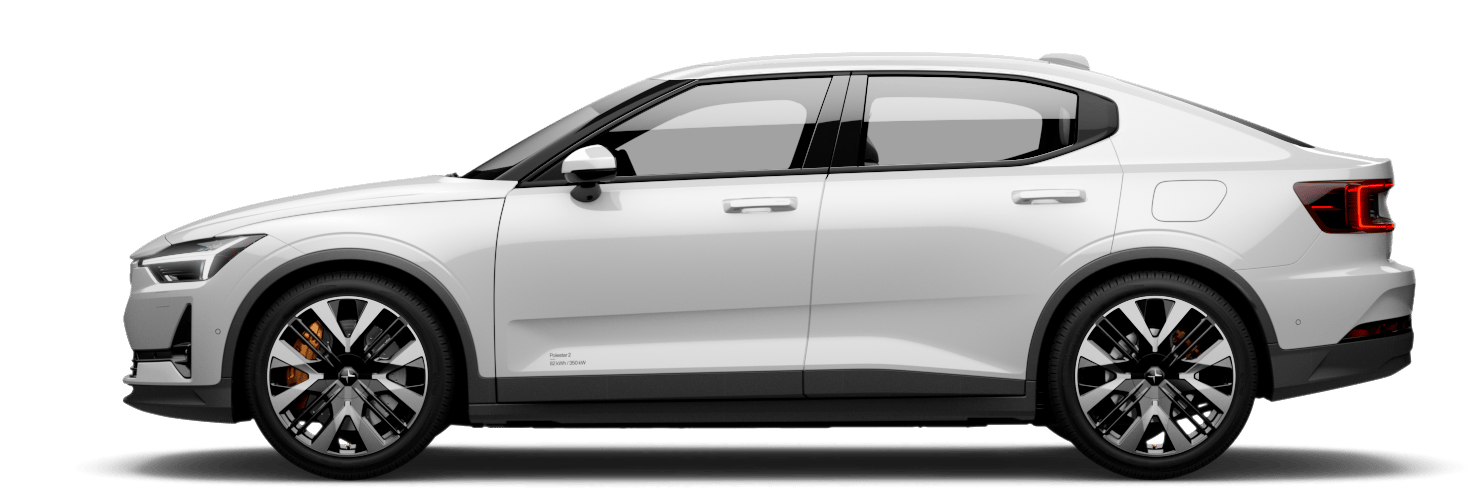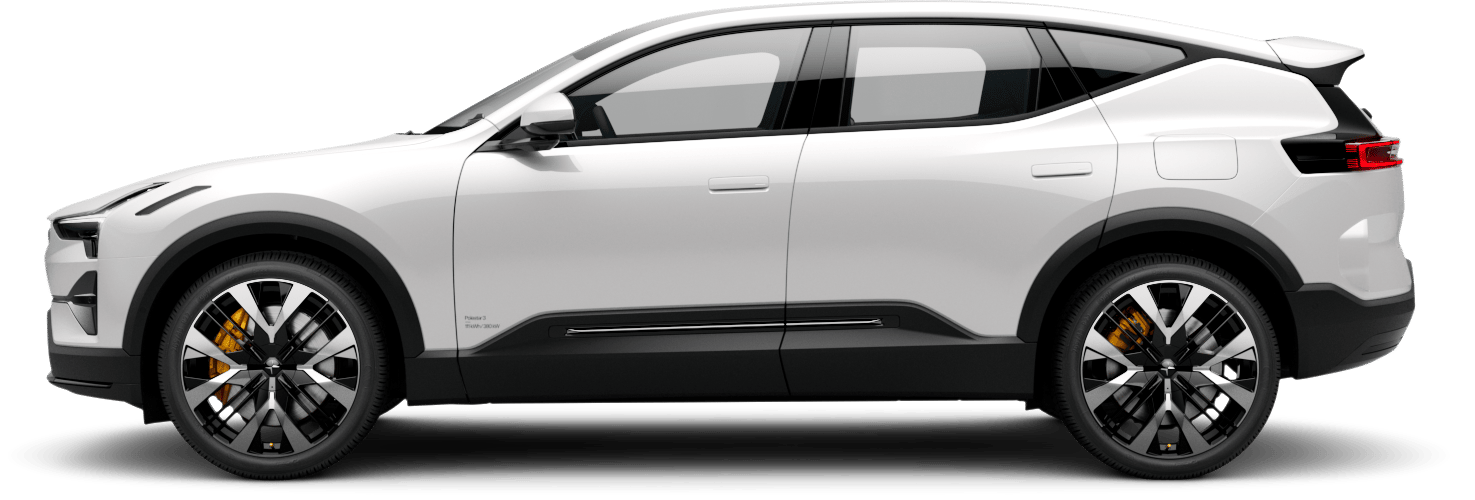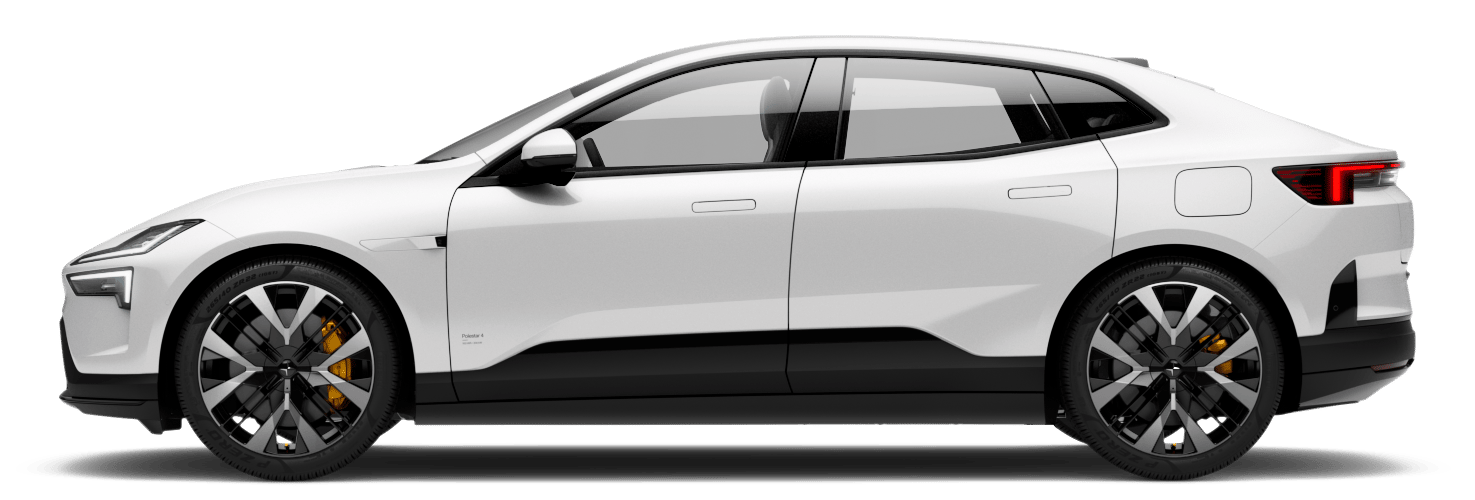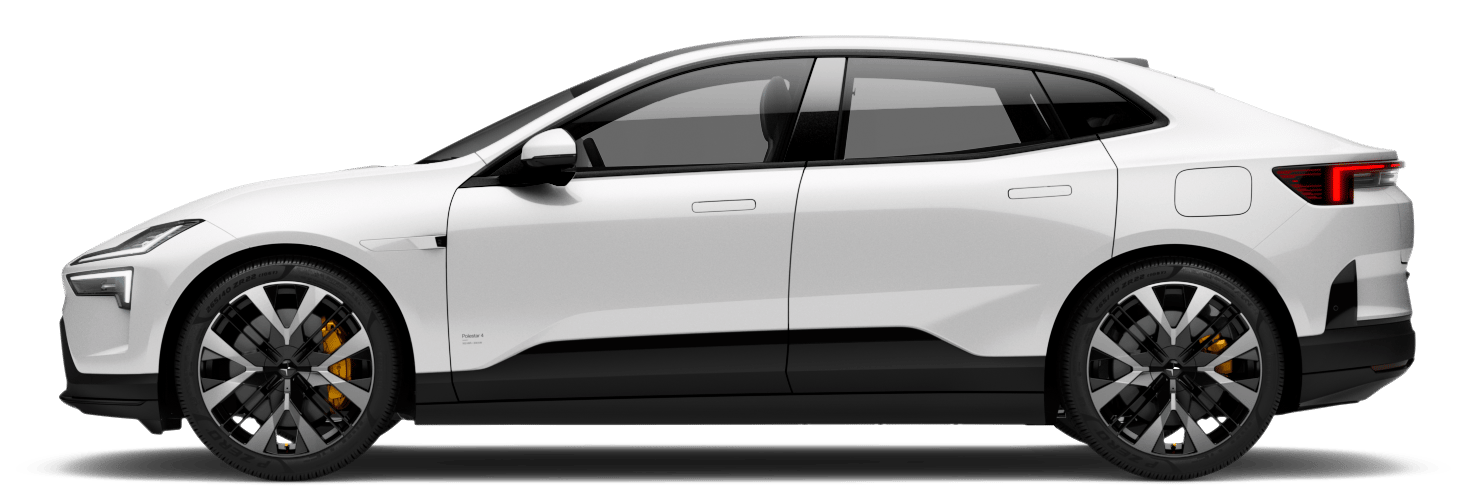Radar detection and limitations
Your vehicle has a forward facing radar units that collect information about the vehicle's surroundings. This information is primarily used by the vehicle's driver support features. Radio waves are continuously sent out and bounce back if they encounter an object in their path. As the waves return, the vehicle can calculate things such as the position and motion of the object.
Radar detection is unaffected by lighting conditions and works equally well on sunny days and in complete darkness.
Important
Use responsibly
Radar and features that rely on it are supplements to safe driving practices. They do not reduce or replace the need for the driver to stay attentive and focused on driving safely.
Detection zone and field of view
The radar detection zone is limited by the radar's field of view and range.
- If a radar unit is blocked, certain features may become less effective or respond incorrectly.
- If the vehicle detects that a radar unit is blocked, it may disable certain features.
- Do not place or mount anything in front of or close to the vehicle's radar units. This includes stickers, vehicle body foil and adhesive tape.
- Paintwork damage in front of a radar unit can affect its performance. Contact a service point for repairs if there is any damage close to the radar.
- Make sure that no mounted accessories, extra equipment or externally-stowed cargo are blocking any radar units.
- Radar units are sensitive to buildup of dirt, ice or snow in front of them. This affects the radio waves and can reduce the radar's ability to detect objects. Radar obstruction cannot always be identified by the vehicle. In situations where a blockage is detected, the vehicle communicates this via notifications in the instrument panel. However, you should still regularly inspect the radar units and make sure the areas around them are clean and free of obstructions.
Warning
Clean regularly
Camera, sensor and radar locations on the vehicle must be cleaned on a regular basis and kept free from labels, objects, dirt and other kinds of potential obstructions. Otherwise, vehicle functions may respond incorrectly or become less responsive or deactivated.
Other conditions and limitations
Other radar sources can cause interference and reduce the effectiveness of your vehicle's radar.





